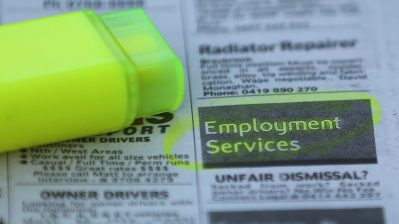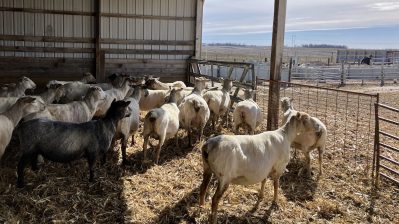
Americans have blown through excess pandemic savings. What does that mean for the economy?
Americans have blown through excess pandemic savings. What does that mean for the economy?

We are just days away from the first anniversary of the official end of the pandemic federal public health emergency, which ended a year ago Saturday.
Coincidentally, we learned earlier this week that Americans have finally burned through the excess savings we squirreled away during the pandemic.
Two economists at the San Francisco Federal Reserve found that by August of 2021, Americans built up over $2 trillion in savings — above and beyond what they would have saved had there been no pandemic. This week, they reported that we’ve finally exhausted that savings surplus.
So we called a few people whose job it is to pay close attention to this economy and where it’s headed to ask them how they spent their pandemic savings, and what they think all of this pandemic money has done to this economy.
Preston Mui earned his PhD during the pandemic. He was dipping into savings, and the stimulus checks he got kept him from dipping too far.
“It really helped me out. I probably spent it on takeaway food when I was writing my dissertation,” he said.
Now he’s a senior economist at Employ America, and he says smaller savings accounts aren’t as worrisome for consumer spending as they sound. Because there’s an even more important factor here: wages.
“And the fact that labor income growth is still strong, employment is still strong, and wage growth is still strong leads me to believe that consumption, at least for the foreseeable future is going to be healthy,” he said.
Lots of higher income households saved and invested their money. That’s what Scott Baker did. He’s a professor of finance at Northwestern University.
He said now that the savings are gone and interest rates are up, loan and credit card payments are more challenging — especially for lower income households with less financial wiggle room, where the savings probably ran out months ago.
“Those debt payments are going to start to bite a bit more and kind of continue to take a chunk out of the disposable income the households have,” he said.
As for one of the economists behind the San Francisco Fed research? Hamza Abdelrahman bought a car.
He said that’s a good reminder of the fact that savings aren’t the only indicator of wealth here. A lot of households like his used their money to buy more “non-financial assets.” (Think cars and houses.) And that was thanks to “a low interest rate environment and some influx of cash and financial support at the beginning of the pandemic,” he said.
Those assets help people to feel wealthier even as their savings dwindle. And, Abdelrahman and his co-author say, the wealthier people feel, the more likely they are to keep spending.
There’s a lot happening in the world. Through it all, Marketplace is here for you.
You rely on Marketplace to break down the world’s events and tell you how it affects you in a fact-based, approachable way. We rely on your financial support to keep making that possible.
Your donation today powers the independent journalism that you rely on. For just $5/month, you can help sustain Marketplace so we can keep reporting on the things that matter to you.

















